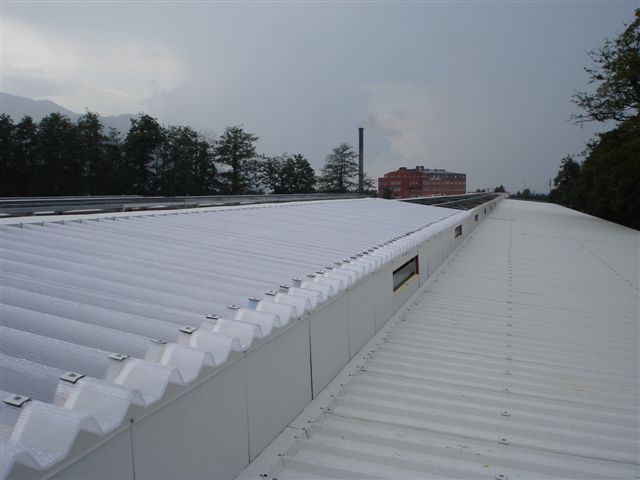In my earlier short article “What is greenhouse polycarbonate” I reviewed the physical attributes of the material. In this post I will certainly give a brief summary of how to install greenhouse polycarbonate.
Lots of people try to make it also difficult. There are just a few key points to making certain your polycarbonate is installed correctly.
The biggest concern is to establish how much framework is required to satisfy the snow and wind tons in your area. Most individuals who sell polycarbonate for greenhouses will certainly have a chart with recommended spacing for purlins. One more source for this information may be your local permitting workplace. Likewise, you must have the ability to acquire details on the correct spacing of screws which will certainly coincide with your structure spacing.
Multiwall polycarbonate sheets are flat on both sides. Based on my previous write-up you ought to be making use of sheets with UV security on one side. When figuring your bill of material do not figure “turning” the sheets when reducing angles as you would perform with plywood or other similar materials to reduce material.
If you do this you will certainly have a piece with the UV finishing on the wrong side. To mount properly the flutes or channels need to be running up and down. This is so that any condensation which may form in the channels will be allowed to drain out all-time low of the channel.

There are a couple of parts called for to correctly mount multiwall polycarbonate. The very first is the H profile. This is made use of to hold the sheets together side to side. There are several different types of H available. There are one part H’s or two part (base and also cap) H’s. They are made of polycarbonate sheet or aluminum. Both part H’s are a lot more pricey generally, yet they are much easier to mount on longer sheets, state over 12′ in length. To install the one component H you should loosely mount your sheets on either side allowing area for the H.
You then move your H up or down the sheets to the appropriate place and then tighten up the sheets. To set up the 2 component H’s (light weight aluminum or polycarbonate) you initially screw through the base right into your structure. You then place your sheets on either side of the base. Following you will certainly either screw or snap the cap into place. Commonly the polycarbonate H’s are snapped and the aluminum cap will be screwed to the base. The H’s will be extremely limited and we generally do not make use of any kind of sealer with them.
The following part is the U which is in some cases called a J. This addresses the top and also the bottom of the sheets. The purpose of this profile is to maintain insects, dampness and dirt out of the channels. The U at the bottom of the sheets should have tiny holes (1/8″) roughly every 2’to permit drainage.
The following component is the F accounts. This is utilized to make edge. If this part is not available we often just put U’s on the outside edges of our sheets and butt them up tight together to make an edge. Some manufacturers provide a ridge profile out of polycarbonate.
When positioning your sheets you should allow appropriate area for expansion as well as tightening of the sheets. Likewise, you must pre drill openings for your screws with a drill bit somewhat larger than your screws to allow for tightening and also expansion. One of one of the most integral parts to have is a 1″ neobonded washing machine around your screws. This will keep you from having leakages around the screws. Make certain not to over tighten your screws or “dimple” your polycarbonate.
When mounting corrugated polycarbonate you ought to have foam closures. These serve 2 functions. They create a seal so that bugs, etc can not enter into your greenhouses. Likewise, they are used on your purlins to “strong up” the sheets so they do not collapse when putting your screws in.
Polycarbonate is an outstanding selection for greenhouse covering. It is really sturdy as well as rather easy to set up if you adhere to the guidelines over.
